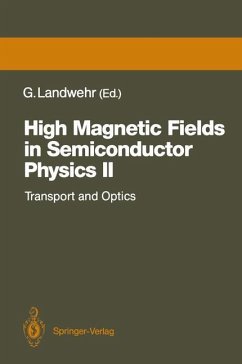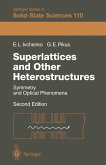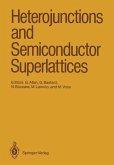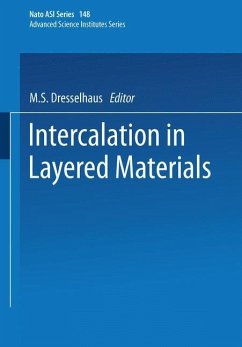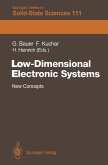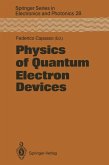This volume contains contributions presented at the International Conference "The Application of High Magnetic Fields in Semiconductor Physics", which was held at the University of Wiirzburg from August 22 to 26, 1988. In the tradition of previous Wiirzburg meetings on the subject - the first conference was held in 1972 - only invited papers were presented orally. All 42 lecturers were asked to review their subject to some extent so that this book gives a good overview of the present state of the respective topic. A look at the contents shows that the subjects which have been treated at previous conferences have not lost their relevance. On the contrary, the application of high magnetic fields to semiconductors has grown substantially during the recent past. For the elucidation of the electronic band structure of semicon ductors high magnetic fields are still an indispensable tool. The investigation of two-dimensional electronic systems especially is frequently connected with theuse of high magnetic fields. The reason for this is that a high B-field adds angular momentum quantization to the boundary quantization present in het erostructures and superlattices. A glance at the contributions shows that the majority deal with 2D properties. Special emphasis was on the integral and fractional quantum Hall effect. Very recent results related to the observation of a fraction with an even denbminator were presented. It became obvious that the polarization of the different fractional Landau levels is more complicated than originally anticipated.

